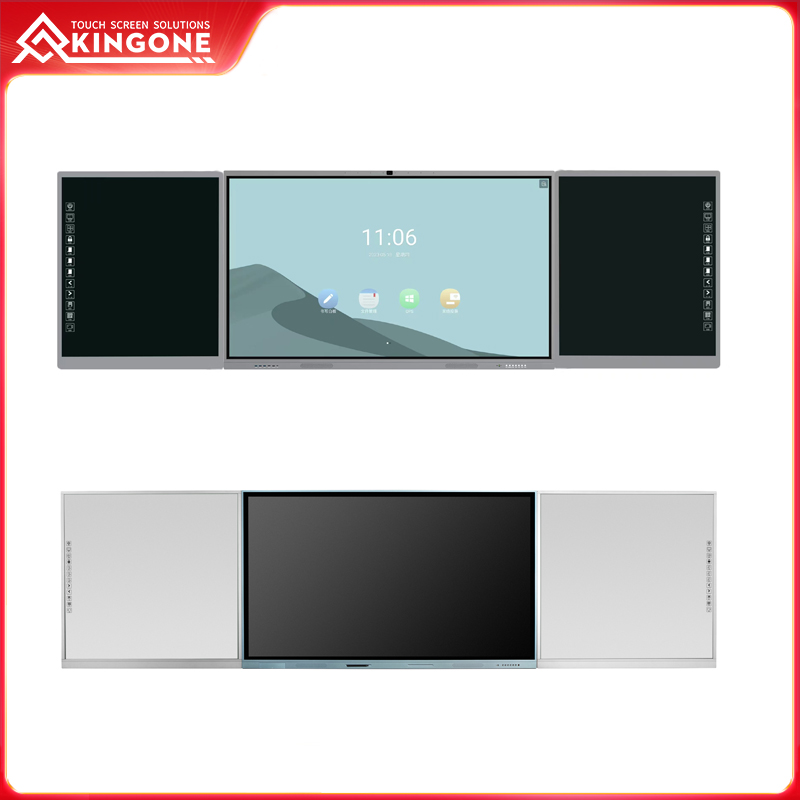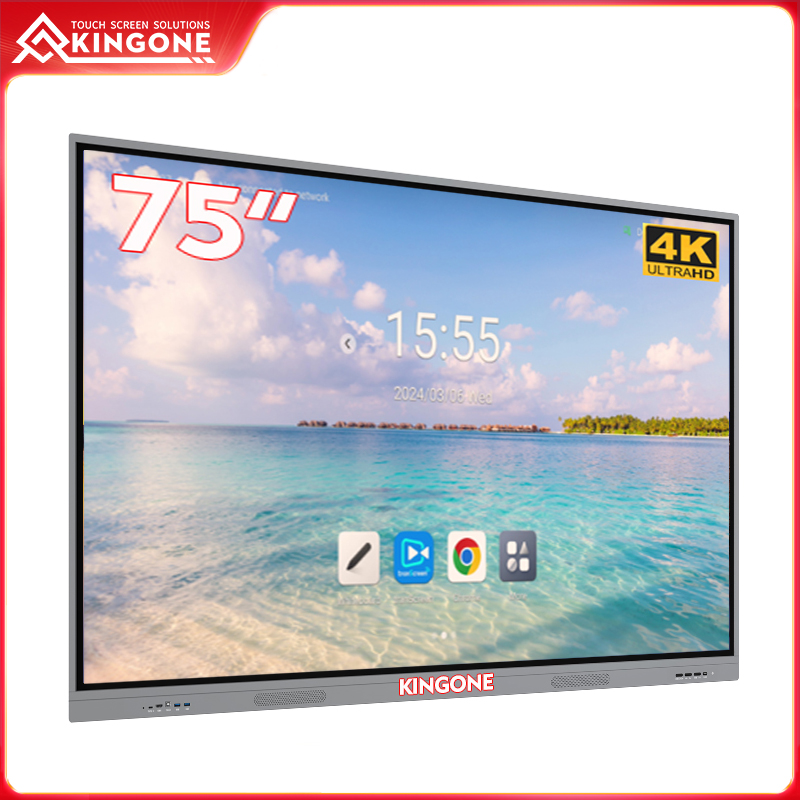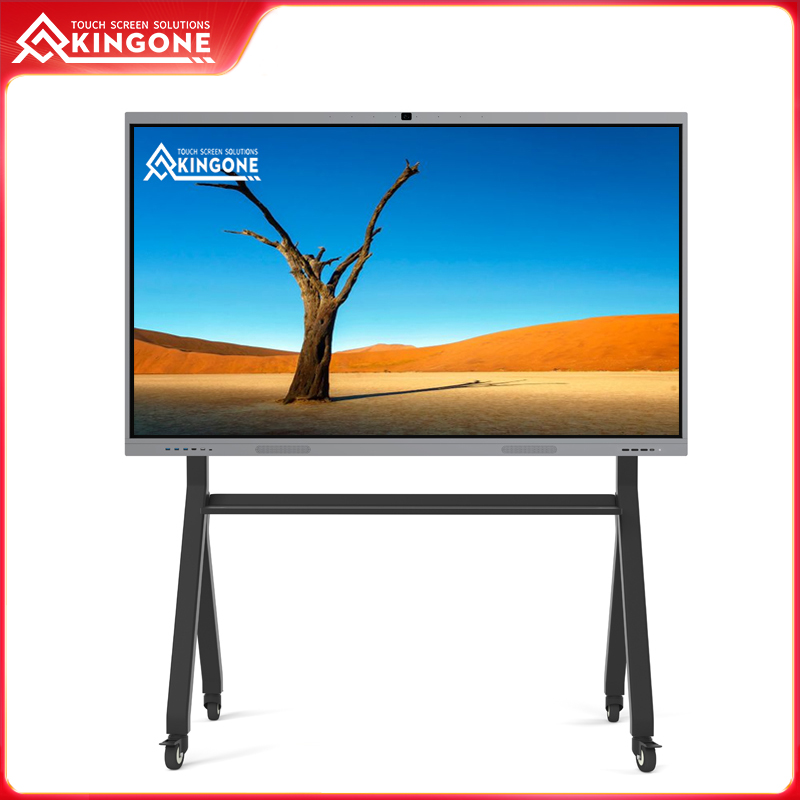The difference between oled screen and led LCD screen
Published:
2023-04-19 15:02:00
The most significant difference between OLED and LED LCD screens is the technology used to create the image. OLED screens are emissive, meaning they emit their light, while LED LCD screens are transmissive, meaning they use a backlight to illuminate the pixels.
OLED (Organic Light-Emitting Diode) and LED LCD (Light-Emitting Diode Liquid Crystal Display) are two popular technologies used in modern electronic devices, such as smartphones, TVs, and monitors. OLED and LED LCD screens offer several advantages and disadvantages, making it essential to understand their differences before deciding which technology to choose.What is OLED screen technology?
OLED technology uses organic materials that emit light when an electric current passes through them. An OLED screen typically consists of several layers, including two electrodes, an electron transport layer, an emissive layer, and a hole transport layer. When a voltage is applied across the electrodes, it excites the electrons and holes, causing the emissive layer to emit light.
One of the primary advantages of OLED technology is its ability to produce deep blacks and high contrast ratios, as the pixels can be turned off individually. OLED screens are also thin, lightweight, and flexible, making them ideal for curved displays. Additionally, OLED technology offers a wide viewing angle and fast response time.However, OLED screens have some disadvantages. One of the primary concerns is their lifespan, as OLED materials degrade over time and can suffer from burn-in, where imae retention occurs due to prolonged display of static images. OLED screens can also be more expensive to manufacture than LED LCD screens.
What is LED LCD screen technology?
LED LCD screens use LED backlighting technology to generate light through a panel of liquid crystals that selectively block or allow light to pass through to create an image. The backlight can be located behind the panel (backlit) or around the edges of the panel (edge-lit).LED LCD screens offer several benefits, such as high brightness levels, low power consumption, and a longer lifespan than OLED screens. LED LCD screens are also cheaper to manufacture than OLED screens and offer a broad range of sizes and resolutions.However, LED LCD screens also have some drawbacks.One of the primary disadvantages is their inability to produce true blacks and high contrast ratios, as the backlight is always on, and the liquid crystals can only block a certain amount of light. LED LCD screens also suffer from limited viewing angles and slower response times than OLED screens.
How do OLED and LED LCD screens compare?
OLED and LED LCD screens differ in several aspects, including picture quality, lifespan, size, cost, and energy consumption. OLED screens offer superior picture quality, including better contrast ratios, deeper blacks, and wider viewing angles, while LED LCD screens are more affordable.
 English
English







